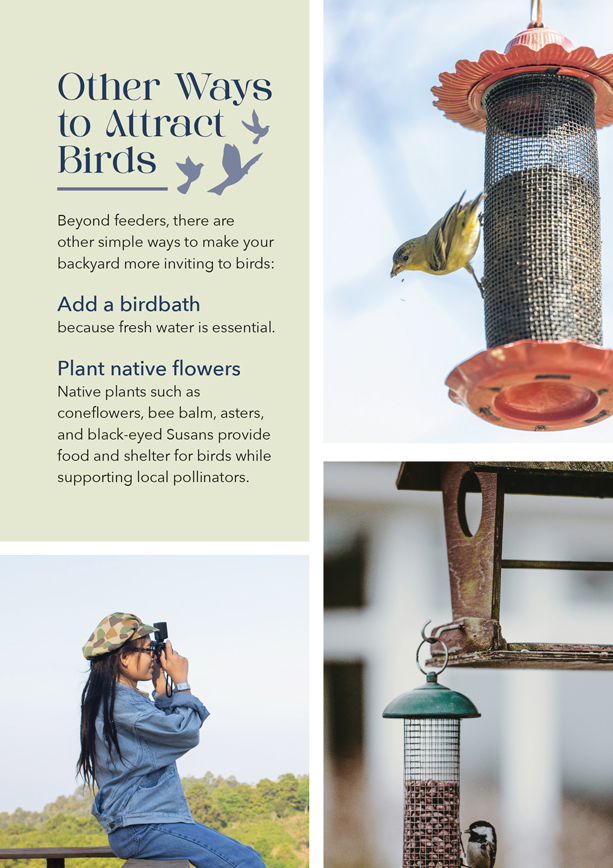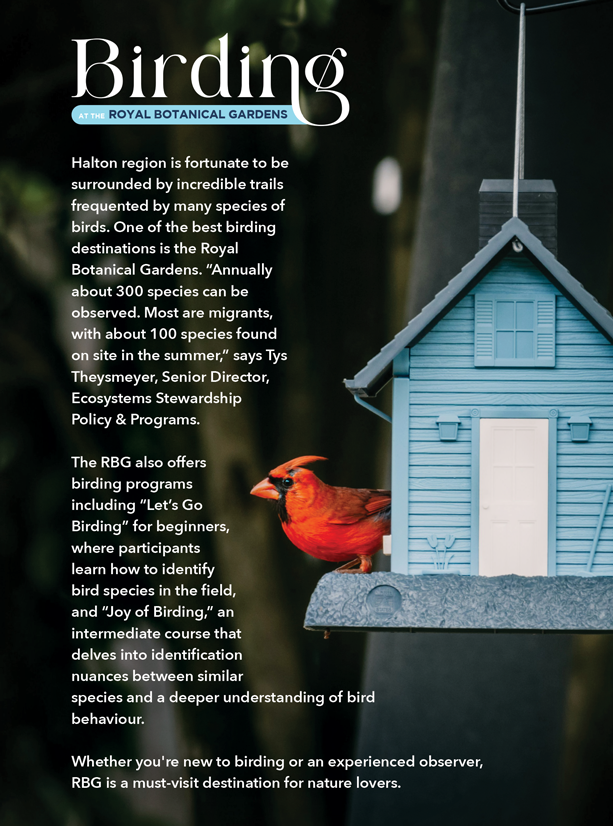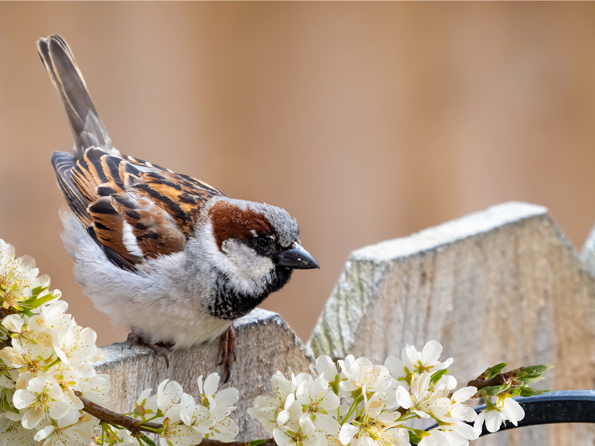When my daughter was a toddler, she had a habit of waking at 5:45 a.m. To avoid disrupting the rest of the house, she and I would head to our back porch to play. The chirping of birds was our soundtrack.
After I finally decided to buy a bird feeder, suddenly our mornings brought sightings of goldfinches, chickadees, and cardinals that flocked to our yard. We learned their names and distinctive calls, and I began to actually enjoy waking up at dawn just to see which feathered friends would visit us.
I know I’m not alone in my love of backyard birding. The hobby is rapidly growing in North America. “(It’s) one of the easiest and most rewarding ways to connect with nature,” says Paul Oliver, Founder of Urban Nature Store. Watching and listening to birds can be incredibly calming, and for many enthusiasts, attracting more birds becomes an obsession. “The beauty of the birds, along with their songs, has a naturally relaxing effect,” adds David Wood, Store Manager at Wild Birds Unlimited in Burlington.
If you’ve ever wanted to attract birds to your yard, here’s how to get started.
Choose the Right Feeder
Walk into a specialty bird store like Wild Birds Unlimited in Burlington or Urban Nature in Ancaster, and you’ll find an overwhelming variety of feeders. Where to start? Oliver suggests a tube feeder. “It’s easy to use, attracts a wide variety of birds like finches, chickadees, and cardinals, and helps keep seed fresh and dry,” he says. If squirrels are a concern, squirrel-proof feeders can help ensure more seed goes to the birds rather than to pesky backyard thieves.
Placement is key when setting up your feeder. Wood recommends a pole system. “You can position it wherever you want in your yard,” he explains. To prevent squirrels from eating from feeders, place them 10 to 12 feet away from anything a squirrel could jump from, like a fence or tree. Birds also need to feel safe, so placing feeders near shrubs gives them natural cover to escape to. Keep the feeder about five to six feet off the ground to protect birds from predators. And don’t forget about convenience — make sure your feeder is easy to access for refilling and cleaning, as clean feeders help keep birds healthy.

Select the Best Seed
Not all bird seed is created equal, and choosing the right one truly matters. “The quality of bird seed makes a huge difference in what birds you attract and how much waste you end up with,” Oliver explains. Many big-box store seed blends contain fillers like milo and wheat, which birds simply discard. Specialty stores like Urban Nature and Wild Birds Unlimited carry high-quality, fresh seed blends designed to attract the birds you want to see while reducing waste.
Wood recommends starting with sunflower hearts, a no-mess seed that attracts a variety of birds. “Over time, you can expand your offerings with suet for woodpeckers or nectar for hummingbirds,” says Oliver. A pole system allows you to easily add more feeders and specialized seed to attract different species.
Creating a bird-friendly backyard is a fun and rewarding way to connect with nature. With the right feeder, high-quality seed, and a few thoughtful additions to your yard, you’ll soon find yourself enjoying the sights and sounds of several beautiful local species.







